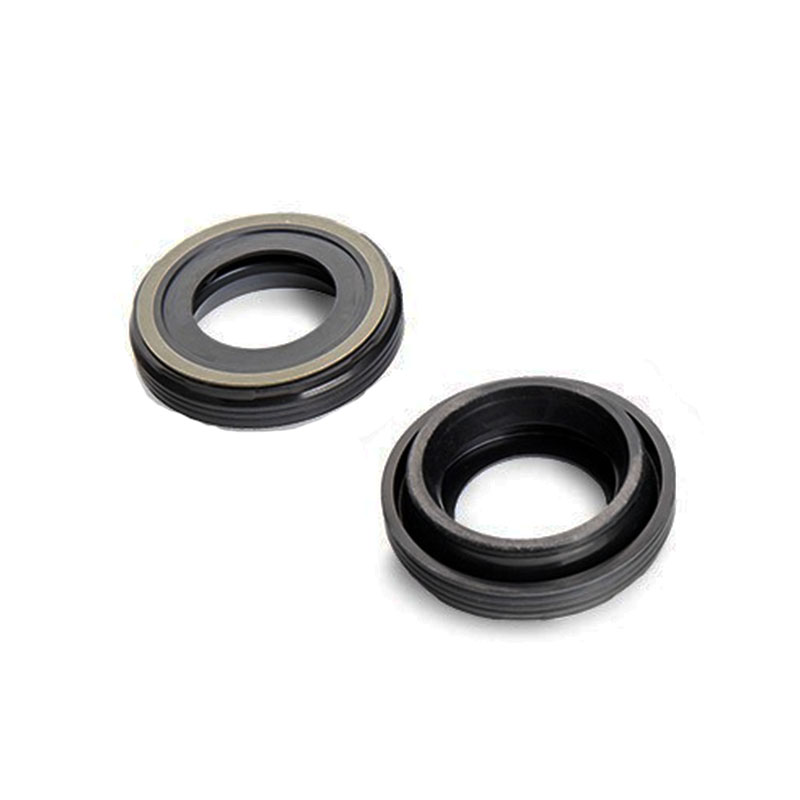Understanding the Importance of Rear Axle Bearing Seals in Vehicle Maintenance
Understanding Rear Axle Bearing Seals
Rear axle bearing seals play a crucial role in the functionality and longevity of a vehicle's drivetrain. These seals are essential components that prevent lubricant leakage and keep contaminants out of the bearing assembly. Understanding their importance, function, and maintenance can greatly enhance the performance and durability of your vehicle.
What is a Rear Axle Bearing Seal?
A rear axle bearing seal is a specially designed component fitted at the rear axle of a vehicle. Its primary purpose is to seal the axle shaft as it enters the housing, preventing the lubricant within the bearing—from synthetic oil to grease—from leaking out. Additionally, these seals impede dirt, water, and other harmful contaminants from entering the bearing, which could lead to premature wear and failure.
Importance of Rear Axle Bearing Seals
The significance of rear axle bearing seals cannot be overstated. They maintain the proper level of lubrication within the bearing assembly, ensuring that all moving parts can function smoothly. Without these seals, the lubricant would leak out, leading to inadequate lubrication, increased friction, and, ultimately, damage to the bearings.
Moreover, contaminants entering the bearing can result in pitting, scoring, or corrosion, further deteriorating the performance of the axle and potentially causing complete failure. By keeping the lubricating oil in and outside contaminants out, rear axle bearing seals significantly contribute to the overall reliability and efficiency of the vehicle.
Signs of a Failing Rear Axle Bearing Seal
rear axle bearing seal

There are several warning signs indicating that a rear axle bearing seal may be deteriorating or has failed. One common sign is the presence of fluid spots under the rear of the vehicle, suggesting that lubricant is leaking from the axle housing. Additionally, a whining or grinding noise from the rear axle can indicate that bearings are no longer adequately lubricated due to a compromised seal.
If you notice unusual vibrations while driving, this may also be linked to a failing seal. Inspecting the seal for cracks, tears, or signs of wear should be part of regular vehicle maintenance.
Maintenance and Replacement
Regular inspections and maintenance are essential to ensure the longevity of rear axle bearing seals. During routine maintenance intervals, mechanics should check the seals for any visible signs of wear and replace them if necessary. Typically, seals should be replaced every 50,000 to 100,000 miles, but this can vary depending on driving conditions and vehicle usage.
When replacing a rear axle bearing seal, it is crucial to select a high-quality product that meets the manufacturer's specifications. Proper installation is equally important; a poorly installed seal can lead to early failure and the same issues associated with a worn or damaged seal.
Conclusion
Rear axle bearing seals are vital components that contribute to the effective operation and longevity of a vehicle’s rear axle system. Their primary functions are to contain lubricants and prevent contaminants from entering the bearing assembly. Regular maintenance, vigilant monitoring for signs of wear, and timely replacements are essential practices that every vehicle owner should adopt to ensure optimal performance. With the right care, rear axle bearing seals can help ensure that your vehicle remains reliable and efficient for years to come.
-
Understanding the Front Main Engine Seal: Purpose, Maintenance, and Installation
News Jul.29,2025
-
Understanding O-Rings and Seal Rings: Types, Applications, and Custom Solutions
News Jul.29,2025
-
Understanding Crankshaft Oil Seals: Rear Seals, Pulley Seals, and Their Role in Engine Integrity
News Jul.29,2025
-
The Importance of Front and Rear Crankshaft Seals in Engine Performance and Oil Management
News Jul.29,2025
-
Crank Oil Seals: Functions, Types, and Cost Considerations in Engine Maintenance
News Jul.29,2025
-
A Comprehensive Guide to O-Rings and Seals: Types, Materials, and Global Applications
News Jul.29,2025
-
Mastering Diesel and Performance Engine Maintenance: A Guide to Critical Oil Gaskets
News Jul.28,2025
Products categories















